Earthworms: Earthworms Help The Environment Earthworms are more than just fish bait. They are the main contributors to enriching …


In anatomy, the mouth, also known as the oral cavity, buccal cavity, or in Latin cavum oris, is the opening through which many s take in …
Earthworms lack a proper heart, which by definition has multiple chambers. Rather, they have five pairs of aortic arches that pump blood through their tube-like bodies.
Excretory system of Earthworm The process of removal of metabolic wate products including nitrogenous materials like ammonia, urea, uric acid,etc.from
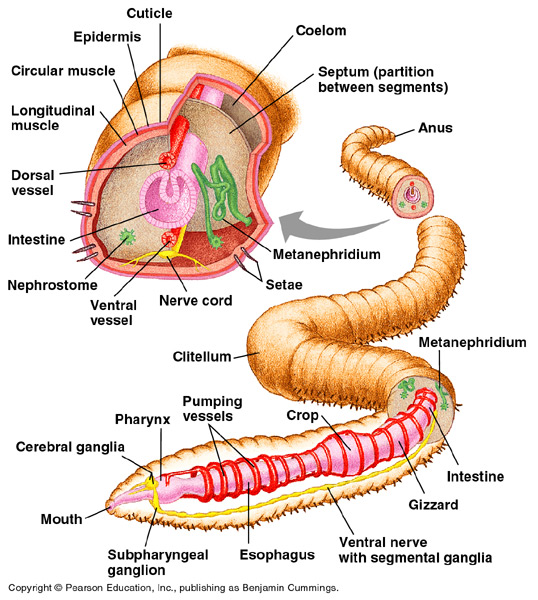
Worms do many of the things humans do to survive. They breathe, move around, reproduce, and eat. Worms have the epidermis; wich is like our skin, a layer of nerve tissue, wich acts like our sense of touch. Instead of having just one heart, they have five hearts. These hearts regulate blood flow and
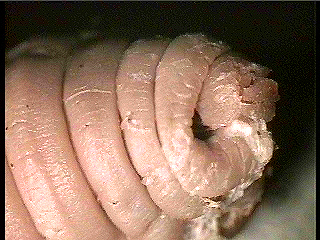
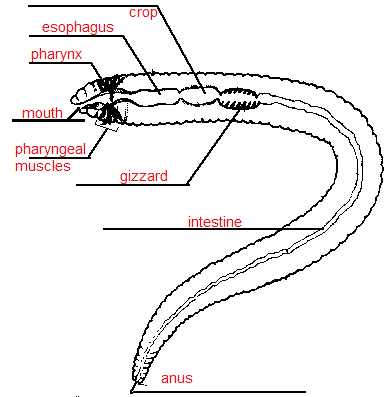
Annelid – Form and function: The body of an annelid is often described as a tube within a tube. The inner tube, or digestive tract, is separated from the …

Above: diagrams of the nephridium of the night-crawler earthworm Lumbricus terrestris.There is one pair of these nephridia (literally ‘little neys’) in each segment.
Lizard – Form and function: Rather than present a detailed anatomical report of a lizard, this section discusses certain structures that are either characteristic of lizards in general or specializations of certain groups.

An earthworm is a tube-shaped, segmented worm found in the phylum Annelida.Earthworms are commonly found living in soil, feeding on live and dead organic matter. An earthworm’s digestive system runs through the length of its body.
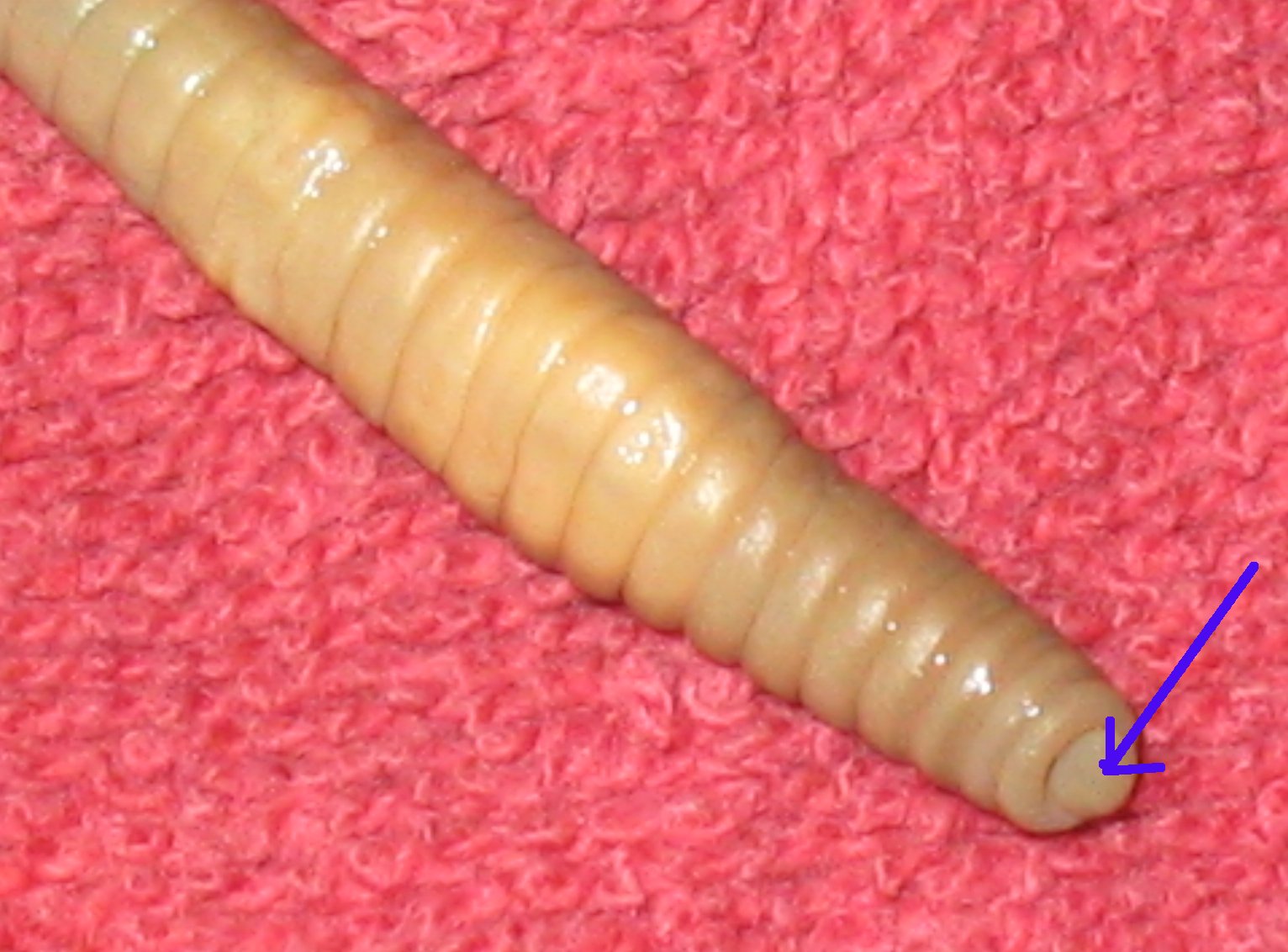

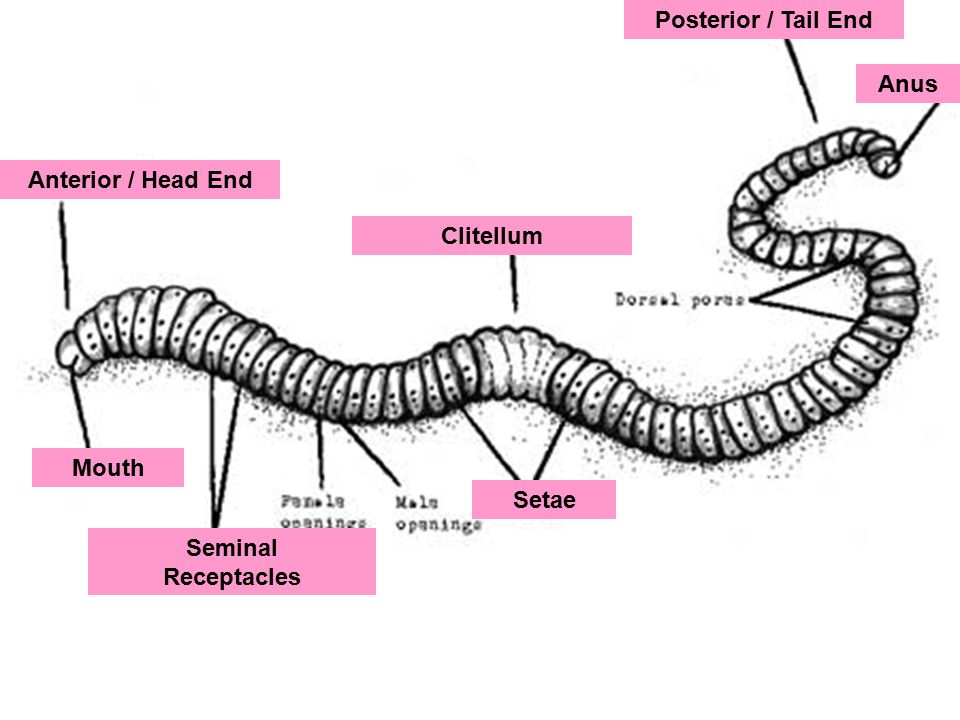
Above: the gut of a typical Lumbricid earthworm, such as Lumbricus terrestris.The mouth opens on the underside of the first true segment (the peristomium or second apparent segment) with the first false segment, or
Recent Comments